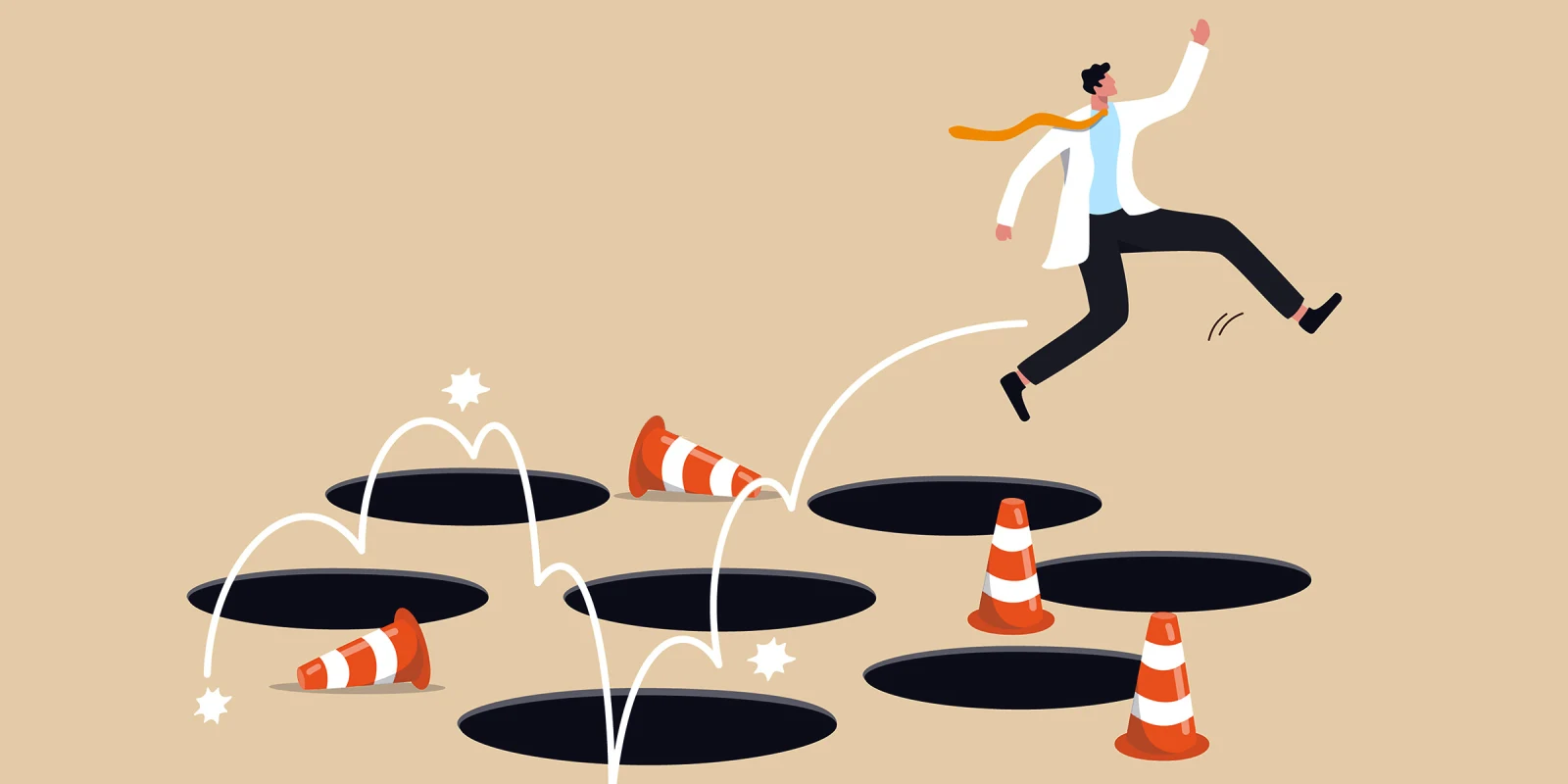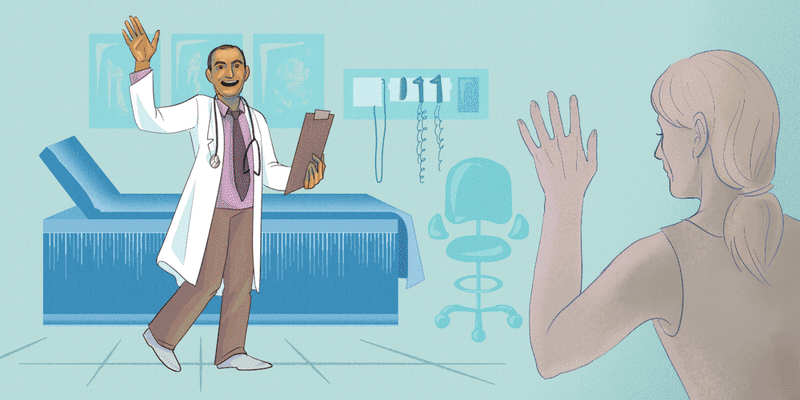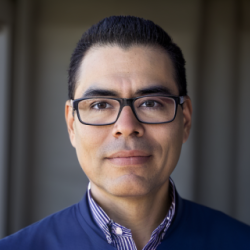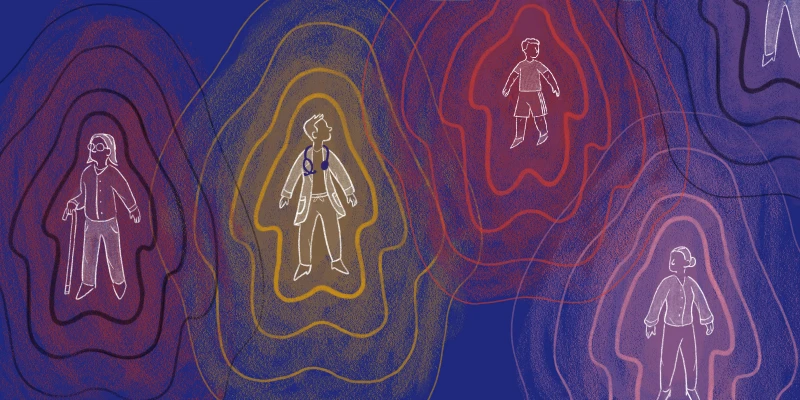In medical school, I found myself captivated by the seemingly effortless excellence of veteran clinicians. These "master" physicians consistently arrived at optimal decisions with an almost supernatural intuition. Burning with curiosity, I approached one such master and asked the question that had long simmered in my mind: "How does one achieve this level of clinical mastery?" His response – "decades of screwing up" – initially jarred me with its brutal honesty. Yet as the words settled, they revealed a profound truth about the path to medical excellence.
This revelation transformed my approach to internal medicine residency. Rather than viewing it merely as a training period, I began to see it as an invaluable opportunity to study the anatomy of medical errors. I embarked on an ambitious mission: to catalog and understand every possible misstep, every potential pitfall in clinical decision-making. For in mapping the territory of what could go wrong, I would better navigate the path to getting it right. This wasn't just about avoiding mistakes – it was about acknowledging them as the unsung teachers in medicine's classroom. After all, every master physician's intuition was built not just on successes, but on the hard-won lessons of countless imperfect decisions. This culminated in the publication of "Mistake-based Learning in Cardiology.”
This journey has led me to confront a fundamental paradox in medical education: while we meticulously teach physicians what actions to take, we rarely explore the equally crucial terrain of what actions to avoid. This blind spot leaves new physicians vulnerable as they navigate an increasingly complex health care system, inadvertently increasing the risk of iatrogenic harm. My experience has convinced me that by elevating the study of potential missteps to a core component of medical training, we can dramatically improve both patient safety and clinical outcomes. The time has come to actively balance our focus on doing with avoiding.
Embracing this delicate balance between action (what to do) and restraint (what not to do), where the art of knowing what not to do is as crucial as knowing what to do, paves the way for ideal patient outcomes from the earliest stages of one's medical journey. Early in training, thinking of what not to do is an organic instinct stemming from our conscious incompetence and fear of causing harm. This consideration of what not to do should be ingrained in us as we gain experience and become unconsciously competent. As the most perilous stage of our development emerges, where growing competence meets reduced supervision (conscious competence), we are often lulled into a false sense of security that leads to a waning vigilance for potential errors, precisely when our partial knowledge renders us most capable of unintended harm. By cultivating and consciously reinforcing a robust "what not to do" mindset during this vulnerable period, we can bridge this critical gap and significantly mitigate patient harm. Finally, as we near the end of training, we must remain ever humble in the face of medicine's vast complexities, and continue considering actively and explicitly what not to do to shield against the insidious threat of unconscious incompetence. Cultivating a lifelong mindset of what not to do is essential for navigating a precarious path where patient injury lurks not as a possibility, but an inevitability.
Systematic teaching on what not to do within medicine is not just long overdue – it is a moral imperative in medicine. Just as there are medication interaction checkers, this "what not to do" mindset serves as a critical safeguard between patients and the ever-present specter of iatrogenic harm. While attempts to pinpoint what not to do exist, such as lists of contraindications, they fall short of providing the nuanced guidance needed for all but the simplest of clinical scenarios, leaving a dangerous gap in patient care that only a comprehensive mindset of "what not to do" can fill. We must teach clinicians how to understand, rather than simply know, what not to do. Take, for example, the nuanced risk of administering beta-blockers for rapid AFib during gastrointestinal bleeding – a not uncommon mistake when the rapid rates may be a vital compensatory mechanism. Similarly, while lists warn against aggressive diuresis in aortic stenosis due to preload dependence, they overlook conditions with analogous hemodynamics, such as constrictive pericarditis or pulmonary hypertension. These gaps expose the dangerous limitations of rigid, list-based approaches to teaching what not to do. A paradigm shift is needed: teaching clinicians a systematic, context-sensitive framework to assess what not to do.
Mistake-based learning is a framework at point-of-care that allows systematic dissection of specific scenarios to uncover what not to do, precise reasoning flaws, prevention strategies, and potential antidotes in a psychologically and professionally safe manner. This active framework harnesses powerful human psychology – the innate fear of mistakes – to naturally enhance clinical awareness and decision-making. Notably, this approach goes beyond general reasoning errors (such as premature closure) to provide unique and actionable, context-specific insights. By teaching a mistake-based learning framework for understanding what not to do, we can equip clinicians to avoid common yet often overlooked mistakes. Moreover, adopting a systematic approach would normalize open dialogue about errors, fostering a culture of continuous improvement and patient safety.
We must embrace what not to do as a core principle to revolutionize medical education and clinical practice. This simple yet powerful approach can prevent countless errors and save lives. For your next patient, pause to consider what not to do. Apply mistake-based learning to each clinical decision – with practice, this will become second nature. Foster a non-punitive environment that values suggestions of not only what to do but also what not to do. Challenge students to analyze real errors using this framework to understand the specific logical missteps that we should avoid. By collectively adopting a what not to do mindset, we will create a safer, more effective health care system. Let us never lose sight of our primary duty to first, do no harm. Next time, let us pause, and think of what not to do.
What's the last error you avoided by "not doing" it?
Bliss Chang, MD is a Fellow in Cardiovascular Medicine at the Cleveland Clinic.
Image by Nuthawut Somsuk / Getty







